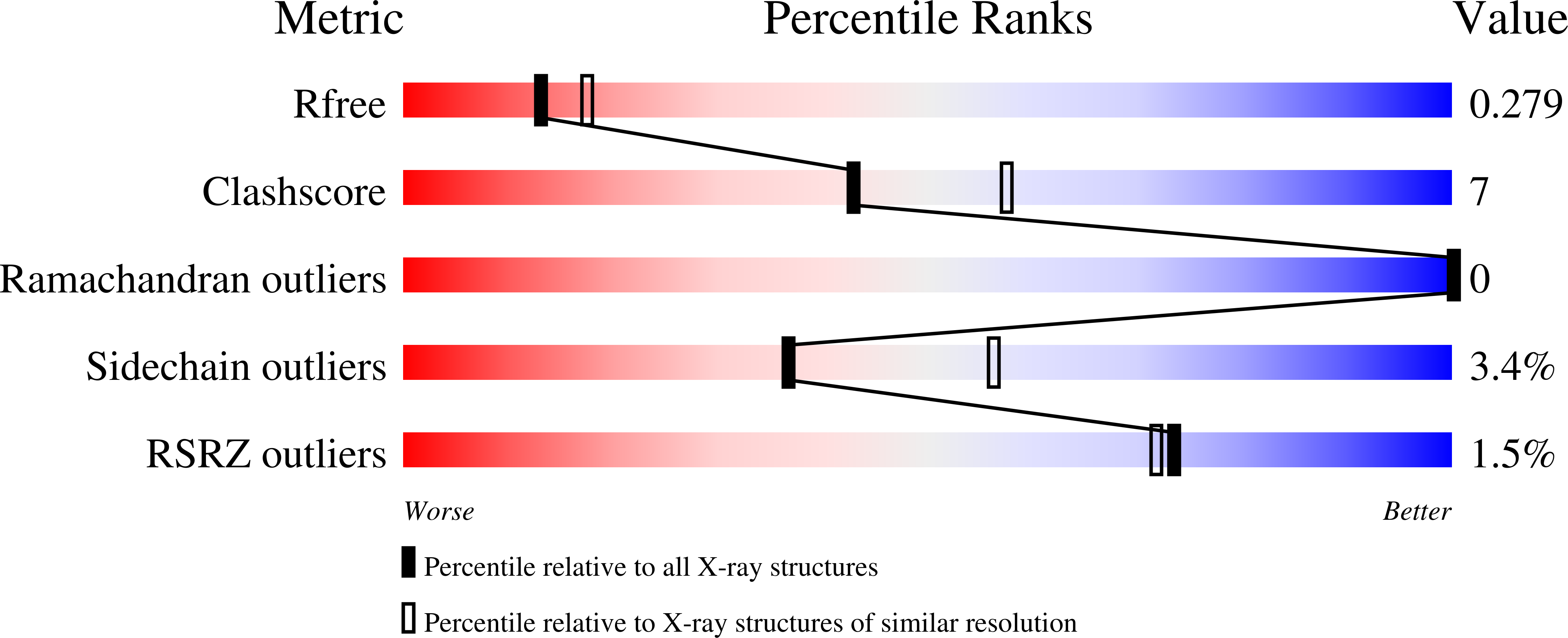
Deposition Date
2009-09-02
Release Date
2009-11-17
Last Version Date
2023-11-01
Method Details:
Experimental Method:
Resolution:
2.40 Å
R-Value Free:
0.28
R-Value Work:
0.19
R-Value Observed:
0.20
Space Group:
P 21 21 21


